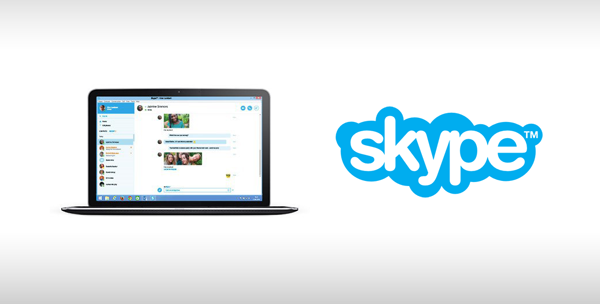

Otherwise, the Web version is similar to the Skype Windows 10 app with the same layout, features, and settings.

Skype for Web also works only on PCs, so you can’t use it on a mobile device. Skype on the Web is supported only in Google Chrome, Microsoft Edge, and other Chromium-based browsers–Firefox, Internet Explorer, Safari, and Opera are persona non grata. With the latest version of Skype for Web, you can record your calls, check notifications of missed calls, and search for keywords within your messages. You can chat with another person or with groups. By signing into the Skype web page with a supported desktop browser, you can easily make and receive Skype audio and video calls with another individual or with multiple people. You don’t need it–not when you can turn to Skype for Web. You want to make or take a Skype call, but you don’t have the app available or accessible on your computer. You can use Skype via its dedicated website-as long as you have the right browser. It’s unclear if Safari support could come down the line at some point, but it’s clearly not a priority for Microsoft at this time.How to make and receive Skype calls on the web You can try Skype for Web here, but you’ll have to do so in Chrome or Edge, or another Chromium-base browser such as Brave or Vivaldi. The web app includes revamped notifications, HD video calling, built-in call recording, and more. The latest version of Skype for Web includes a handful of improvements over previous versions. The only question was when the switchover would occur. Last month, Microsoft warned Skype for Web users that Safari, Firefox, and Opera support would soon be dropped. The move to drop support for Safari isn’t necessarily surprising, though. Skype for Web originally launched to the public in April of 2016 after extensive beta testing. Thus, it decided to prioritize Skype for Web support in Microsoft Edge and Google Chrome:Ī Microsoft spokesperson said the service requires “calling and real-time media” technology that is “implemented differently across various browsers.” So the company “decided to prioritize bringing Skype to web on Microsoft Edge and Google Chrome based on customer value. In a statement to VentureBeat, Microsoft explained that Skype for Web uses a “calling and real-time media” framework that functions differently across the various browsers. Now, however, the company has confirmed that Skype for Web is no longer supported in Safari. Microsoft released a new version of its Sky for Web client earlier this week in a bid to make the service easier to access.


 0 kommentar(er)
0 kommentar(er)
